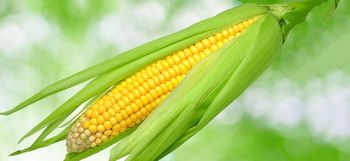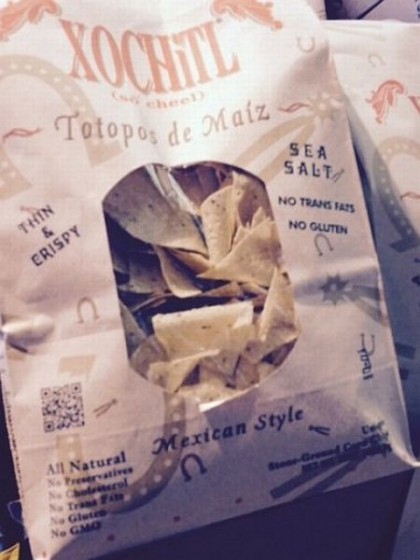 Sayer Ji – Without much more than a whisper from the mainstream media, Monsanto’s newest Frankenfood has received full EPA approval and will be arriving on dinner plates by the end of the decade. The implications of this are harrowing, to say the least.
Sayer Ji – Without much more than a whisper from the mainstream media, Monsanto’s newest Frankenfood has received full EPA approval and will be arriving on dinner plates by the end of the decade. The implications of this are harrowing, to say the least.
While you may not have made up your mind on the dangers of GMOs, you likely feel entitled to know when you’re consuming a food that is the product of laboratory research. For this reason, I am reporting on Monsanto’s latest food technology, unfortunately, already in the pipeline. And quite silently so. I write this with a certain degree of solemnity, if not also a tinge of regret, because, for three years, I have heard rumblings of Monsanto’s next project – RNA interference technology.
It was actually the late Heidi Stevenson, my friend, colleague, and founder of the platform Gaia Health, who first alerted me to the dangers of RNA interference-based tinkering with our food supply when she reported on the near disastrous approval of GMO wheat using RNA interference technology in Australia. Thankfully a few brave scientists and informed public stood up and, together, averted the disaster. But since then, both the dangers and the breakneck speed of development of this technology have gone largely ignored, even among activists deep in the non-GMO movement. Continue reading

 Kutka is a plant breeder who has been attempting to grow corn that naturally resists GM crop contamination through cross-pollination, thus eliminating Monsanto’s prevalently grown GMO corn from infesting organic farmer’s crops.
Kutka is a plant breeder who has been attempting to grow corn that naturally resists GM crop contamination through cross-pollination, thus eliminating Monsanto’s prevalently grown GMO corn from infesting organic farmer’s crops. Do you do your best to avoid GMOs in food by reading labels and only buying from trusted brands? Well how would you feel if you found out that a popular brand of tortilla corn chips that you’ve been buying – specifically because their packaging states they are GMO-free – was FULL of GMO corn? Yea, you’ve been eating those tasty little chips like they were going out of style, all while potentially hurting yourself without even knowing it. That is exactly what’s happening with tortilla chip maker Xochitl, a company recently ousted for covertly including GMO ingredients in its chips.
Do you do your best to avoid GMOs in food by reading labels and only buying from trusted brands? Well how would you feel if you found out that a popular brand of tortilla corn chips that you’ve been buying – specifically because their packaging states they are GMO-free – was FULL of GMO corn? Yea, you’ve been eating those tasty little chips like they were going out of style, all while potentially hurting yourself without even knowing it. That is exactly what’s happening with tortilla chip maker Xochitl, a company recently ousted for covertly including GMO ingredients in its chips. The United States is run over with GMO corn. More than
The United States is run over with GMO corn. More than